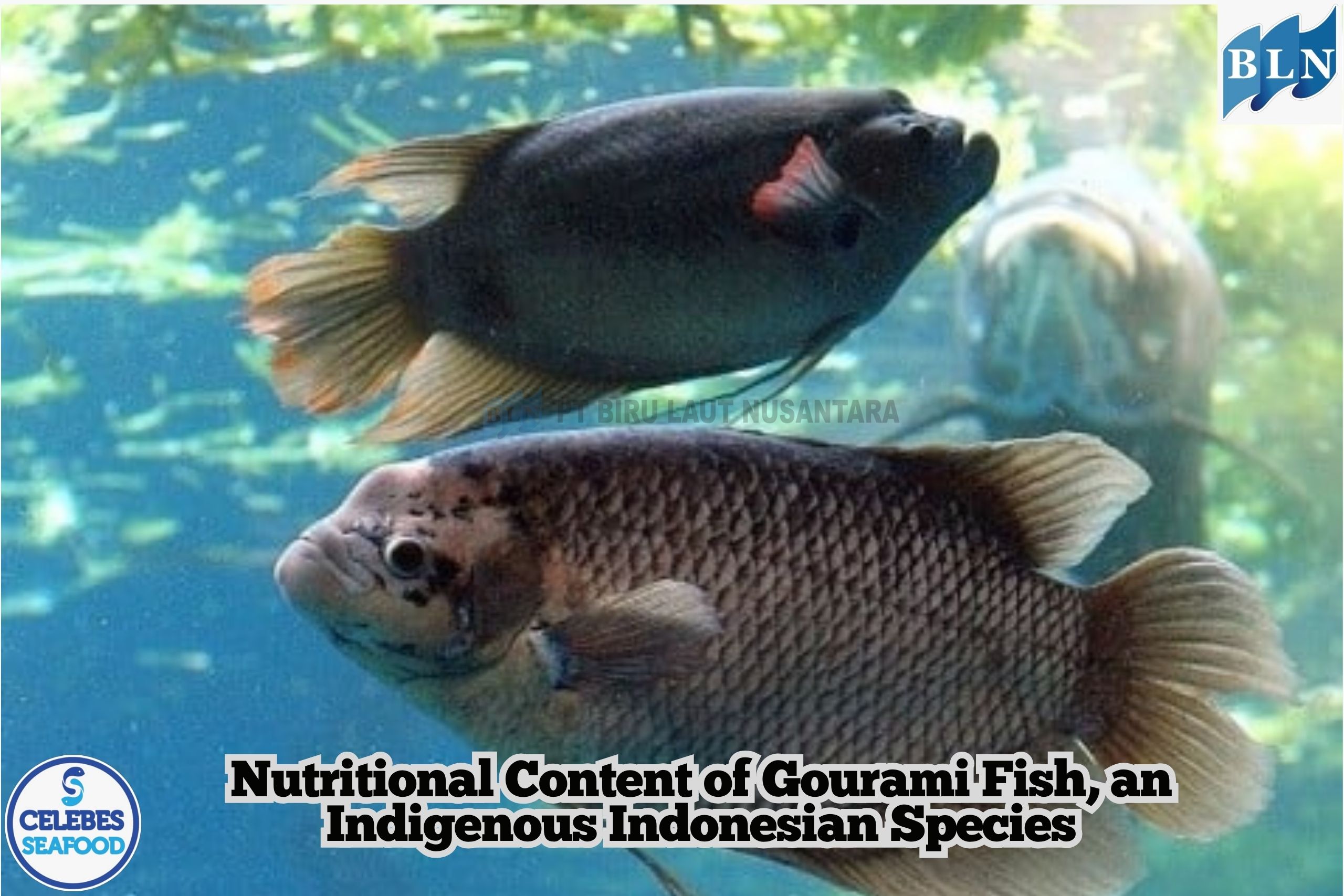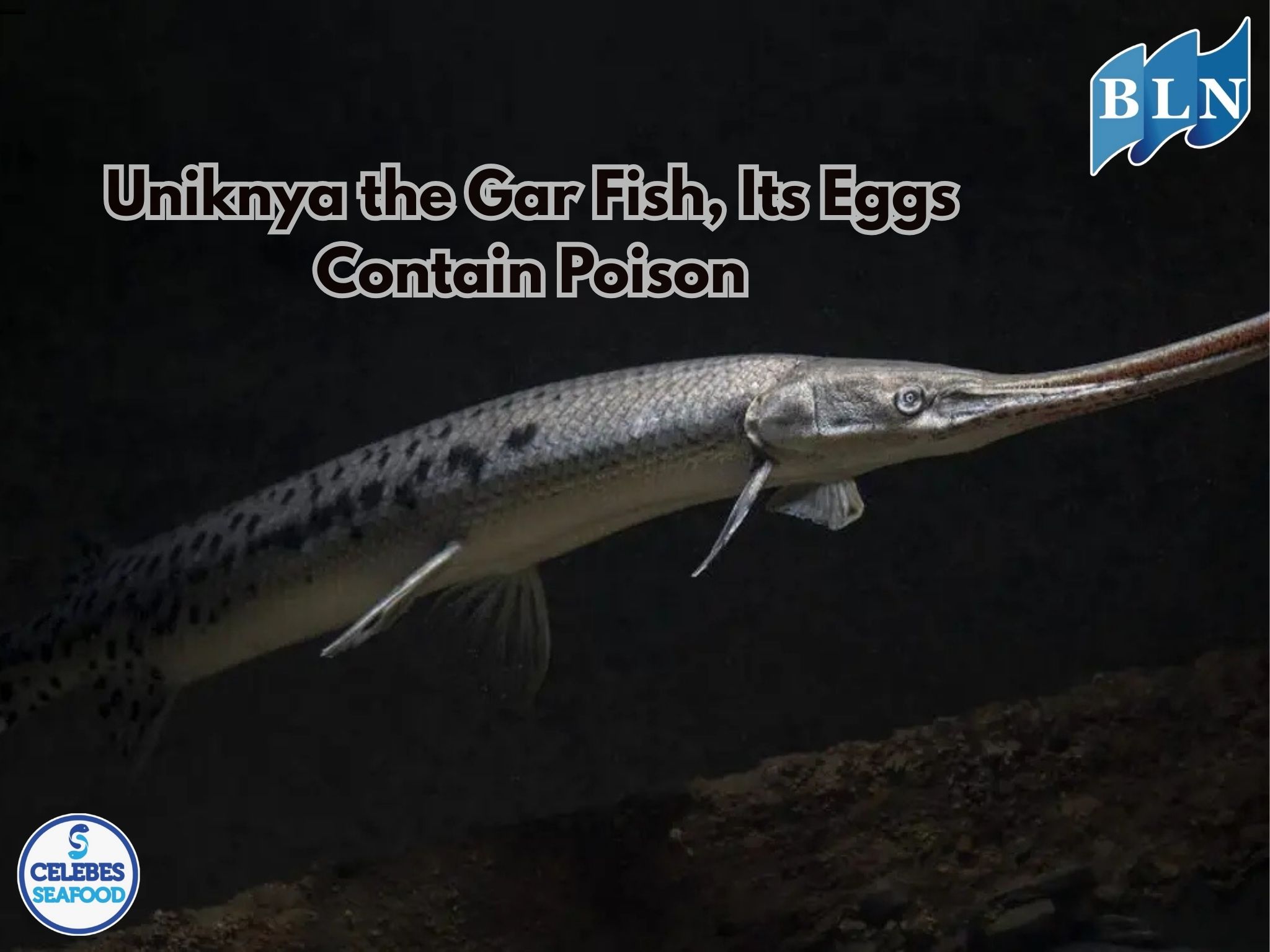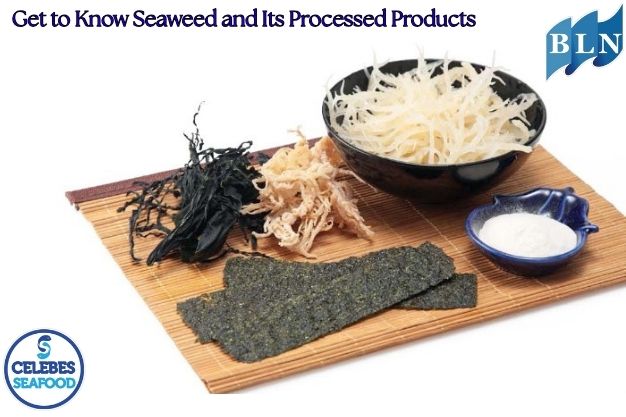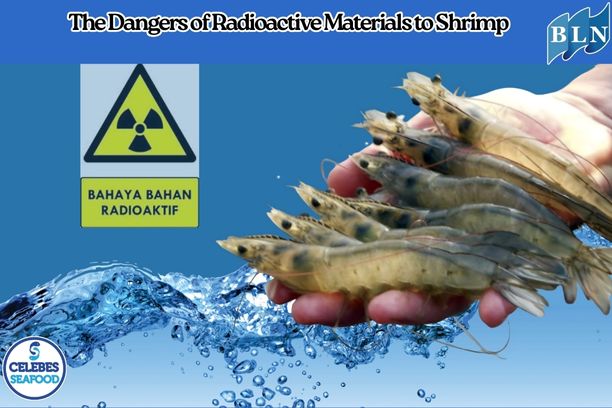Understanding Japanese Kisu (Sillago spp.)
By. Rani - 28 May 2025.jpg)
lautnusantara.com When you hear "Japanese Kisu," it almost certainly refers to fish from the genus Sillago (family Sillaginidae), which are widely known as kisu (キス) in Japan. These fish are highly prized in Japanese cuisine, especially for dishes like tempura or grilling.
This is distinct from the freshwater "ikan kisu-kisu" (Puntius johorensis or Desmopuntius johorensis) that we previously discussed, which is endemic to Southeast Asia.
1. Name & Classification:
- Common Name in Japan: Kisu (キス).
- Scientific Name: Genus Sillago spp. Several species within this genus are popular in Japan, with Sillago japonica (Japanese Sillago) being one of the most prominent.
- Other Common Names: In other regions, fish from the Sillaginidae family are often called "whiting" or "sand whiting" (due to their preference for sandy bottoms). In Indonesia, some Sillago species are known as "ikan pasir" (sand fish) or "ikan rejung."
2. Habitat and Distribution:
- Habitat: Kisu fish are typically found in shallow coastal waters, bays, estuaries, and sandy or muddy inshore areas. They are demersal (bottom-dwelling) and often found at depths ranging from 0 to 30 meters, though some species may inhabit deeper waters.
- Distribution: The genus Sillago is widely distributed across the Indo-West Pacific region, from South Africa to Japan and Australia. In Japan, they are a very common fish in coastal waters.
Read Also : What is Logistics, Its Benefits, and How a Logistics System Works
3. Physical Characteristics:
- Body Shape: They have a slender, elongated, and somewhat compressed body, tapering towards the mouth. Their body shape is fusiform (torpedo-like).
- Coloration: Generally silvery or grayish on the dorsal (back) side and lighter (whitish or yellowish) on the ventral (belly) side. Some species may have faint spots or stripes.
- Fins:
- The dorsal fin consists of two parts: an anterior part with weak spines and a posterior part with soft rays preceded by a single weak spine.
- The anal fin also has two spines.
- Other fins (pectoral, pelvic, caudal) are proportionate.
- Size: Body length varies among species, but they typically reach about 20-30 cm.
4. Behavior and Diet:
- Behavior: Kisu fish often bury themselves in the sand when feeling threatened or while resting. They actively forage for food on the seabed.
- Diet: They are carnivorous. Their diet includes various small invertebrates living on the seabed, such as polychaete worms, small crustaceans (shrimps, crabs), bivalve mollusks, and occasionally small fish. They often "plow" the seafloor to search for prey.
5. Economic and Culinary Value in Japan:
Kisu fish are highly valued in Japanese cuisine due to their white, tender flesh and mild flavor. Some popular preparations include:
- Tempura: This is one of the most common and famous ways to prepare kisu. The fish is filleted, dipped in a crispy tempura batter, and deep-fried until golden. Its light flesh is perfectly suited for this cooking method.
- Grilled (Shioyaki): Kisu is often grilled whole or filleted with a sprinkle of salt. This highlights the fish's natural flavor.
- Sashimi/Sushi: While not as popular as tuna or salmon for sashimi, very fresh kisu is sometimes used for nigiri sushi or certain sashimi preparations.
- Soups and Other Dishes: Its flesh can also be used in light soups or stews.
6. Reproduction:
Kisu fish are coastal spawners. Species like Sillago sihama, for example, spawn year-round and are multiple spawners. Their eggs are released into the water column and develop into larvae.
7. Conservation:
While some Sillago species are abundant and commercially important, such as Sillago sihama, there are also some species within the Sillaginidae family that face threats from overfishing and habitat degradation. Therefore, ensuring sustainable fishing practices is important.
Japanese Kisu (Sillago spp.) is a great example of a marine fish that is an integral part of Japanese culinary culture, cherished for its versatility and delicious taste.
Is there anything else you'd like to know about Japanese Kisu?
If you are interested in our product CALAMARI WHOLE ROUND, CUTTLEFISH WHOLE ROUND please do not hesitate to contact us through email and/or whatsapp.





 in Ball Shape (Balltype) for Export.jpg)
.jpg)

